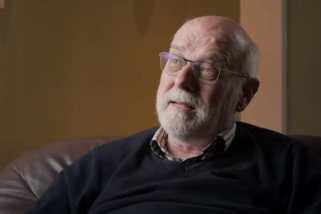Posted by Aisseco on Apr 3, 2018
CfP: Social Movements after 1968
deadline 1 May 2018 Social Movements after 1968 Rutgers University, New Brunswick, New Jersey November 8 and 9, 2018 The year 2018 marks the fiftieth anniversary of 1968. On account of the Paris May and the Prague Spring, not to mention major demonstrations that took place in Bonn, Rome, Warsaw, and beyond, that year has come to be considered the high-water mark of postwar social activism in Europe. But that high point did not last long; instead, 1968 was quickly cast as the swansong of traditional social movement mobilization. That is, in addition to all else, the year came to stand for the breakdown of politics defined through conventional categories of class and ideology. The West German case is informative: Already in September 1968, West German women formally challenged the misogynist male leadership of the main student movement organization, the Socialist German Student League (SDS). By 1970, the SDS had dissolved itself altogether, as outside pressures exacerbated internal fissures. Social scientists sorted the activist groups that succeeded it into a handful of categories, ranging from “armed resistance” cells like the Red Army Faction (RAF) and dogmatic Communist sects or “K-Groups,” to “Citizens’ Initiatives” concerned “only” with local issues or environmental matters, and other “lifestyle” movements. This emphasis on categorization reinforces the idea that society splintered into smaller groups otherwise so narrowly focused as to lose any larger vision. It also suggests that the unitary model of mass social movement organization established by the labor movement in the late nineteenth century had, in the end, given way to myriad smaller groupings that appeared far more difficult to understand. In their efforts to understand these movements, social scientists created a number of new interpretative frameworks. They effectively proposed that activism after 1968 was quite different from what had come before. Five of these frameworks have remained particularly influential in the study of social movements after 1968: the “New Social Movements” (NSM) model, the ideas of “single issue” activism and “identity politics,” the notion of discrete national movements, and the concept of a political spectrum divided between Left and Right. While these frameworks have been applied most notably to particular subsets of the wide spectrum of 1970s activism, they have also been used collectively to distinguish social movements after 1968 from their predecessors. Taken together, in fact, these ways of seeing post-1968 social...
Read more















